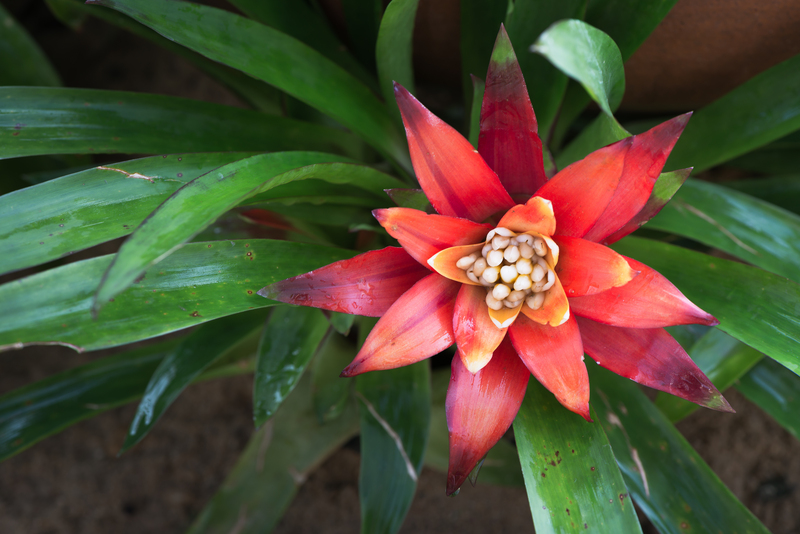Essential Tools and Techniques to Keep Your Garden Plants Safe During Winter
Posted on 10/04/2024
As the weather starts to turn colder and the first frost appears, it's important for gardeners to prepare their plants for the harsh winter months. While some plants are able to withstand the cold, others may need a little extra care and protection. In this article, we will discuss essential tools and techniques that will help you keep your garden plants safe during winter.
Understanding Winter Hardiness Zones
Before we dive into the tools and techniques, it's important to understand your garden's winter hardiness zone. This refers to a region's average minimum temperature, which indicates the lowest temperature a plant can survive in that particular area. Knowing your zone will help you determine which plants are suitable for your garden and which may need additional protection during winter.

Mulching
One of the most important tools for protecting your garden plants during winter is mulch. This layer of insulation helps regulate soil temperatures and create a barrier against harsh winds. It also prevents water from evaporating too quickly from the soil, keeping it moist and helping prevent root damage.
When choosing a mulch, opt for organic materials like shredded leaves, straw or pine needles as they provide better insulation than rocks or gravel. Apply a layer of 3-4 inches around the base of your plants, making sure to leave a small gap between the mulch and stems to prevent rot.
Protective Covers
To protect delicate plants from freezing temperatures, consider using protective covers such as cloches, row covers or frost blankets. These lightweight fabrics create a greenhouse-like environment around your plants and trap heat, keeping them warm and cozy.
Make sure to secure the covers tightly to prevent them from being blown away by strong winds. Remove them during sunny days to allow sunlight in and prevent overheating.
Watering Techniques
Proper watering techniques are crucial during winter months. Keep in mind that plants need less water during the colder months, so reduce the frequency of your watering. Watering in the morning is best as it allows excess moisture to evaporate during the day and prevents freezing at night.
It's also important to water deeply and not just on the surface. This encourages plants to grow deeper, stronger roots that can withstand winter weather.
Winter Pruning
Pruning your plants before winter sets in is essential for their survival. Remove any dead or damaged branches and leaves as they can attract pests and disease. Pruning also helps improve airflow and prevent snow buildup on branches which can cause them to break under the weight.
Avoid pruning plants that bloom in spring as it may remove dormant buds and affect their growth. Wait until late winter or early spring to prune these plants.
Pros and Cons of Winter Plant Protection
Protecting your garden plants during winter has its pros and cons. The obvious benefit is ensuring the survival of your plants through harsh weather conditions. But it also requires additional work, time, and resources which may deter some gardeners.
However, investing in winter plant protection can result in healthier and more robust plants come springtime. It also allows you to experiment with growing a wider variety of plants that may not be suitable for your zone without protection.

Tips and Takeaways
- Start preparing your garden for winter in fall to give yourself enough time.
- Consider growing cold-hardy plants that are suitable for your zone.
- Protect delicate plants with mulch, covers, or by bringing them indoors.
- Adjust watering schedules according to the weather.
- Properly dispose of fallen leaves as they may carry pests and diseases.
Conclusion
Taking necessary precautions to protect your garden plants during winter will ensure their survival and promote healthy growth in the spring season. Use mulch, covers, and proper watering techniques to keep your plants safe and thriving during the colder months. Experiment with different methods to find the best protection for your specific plants and enjoy a beautiful garden all year round.







